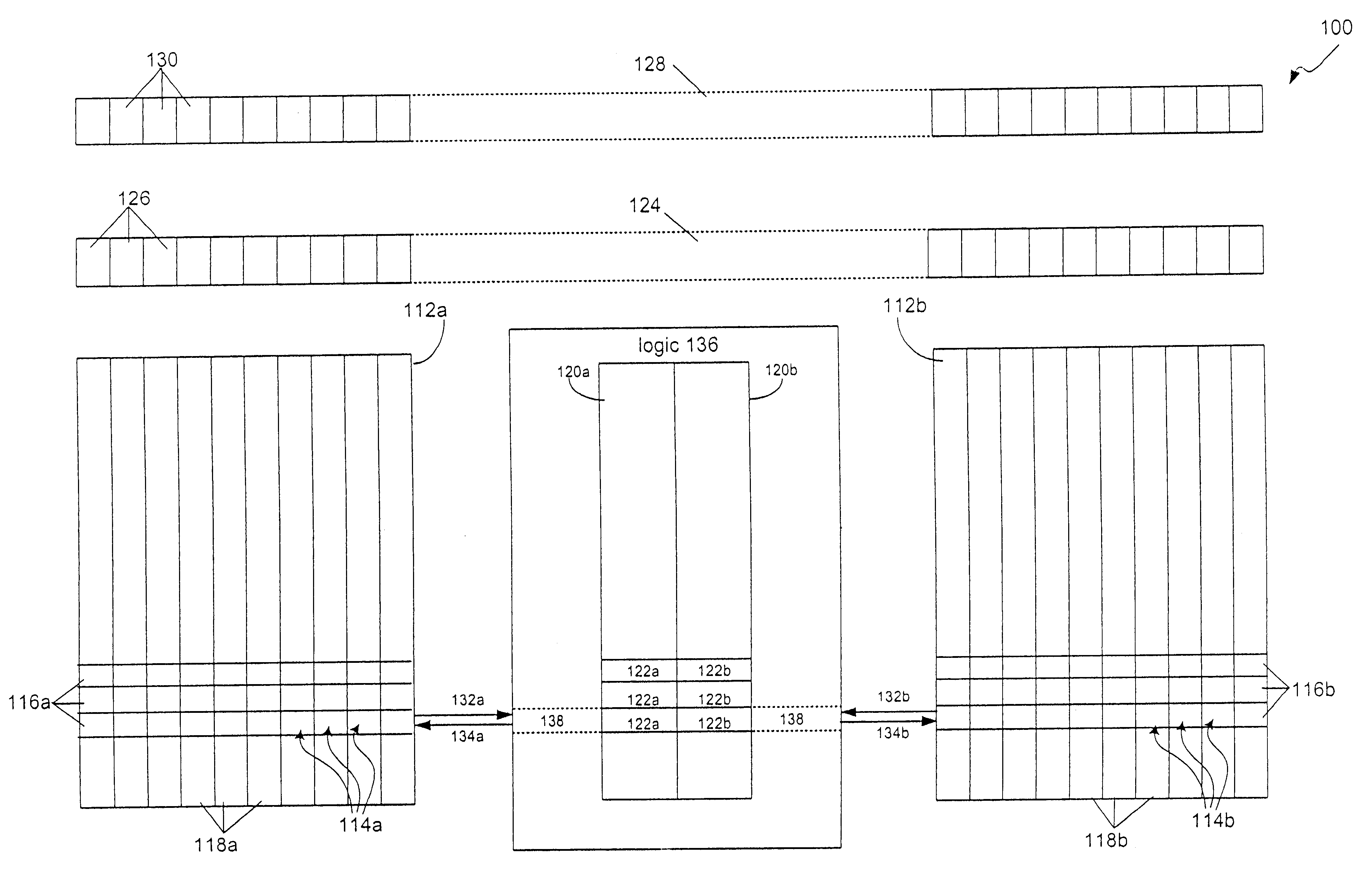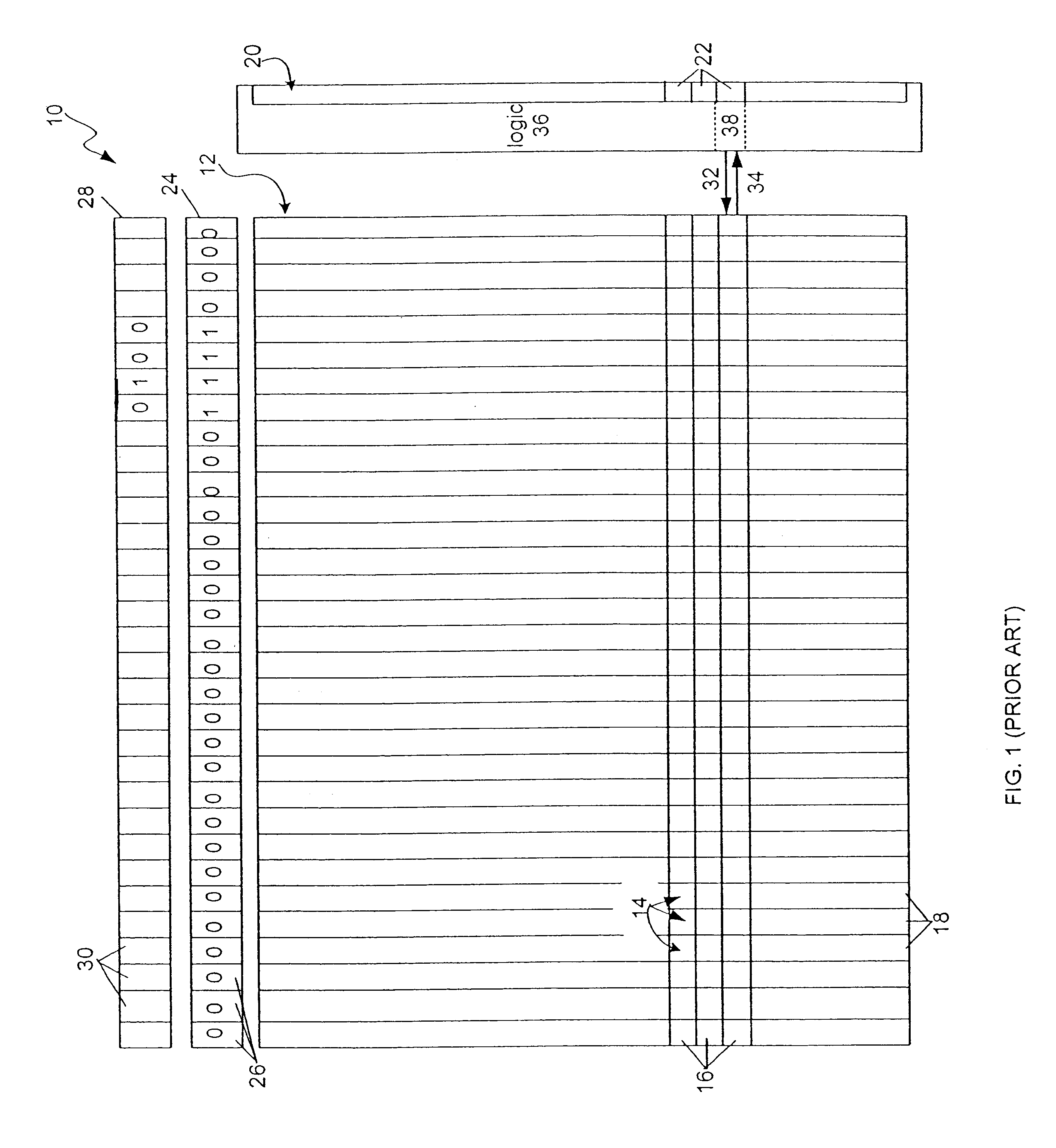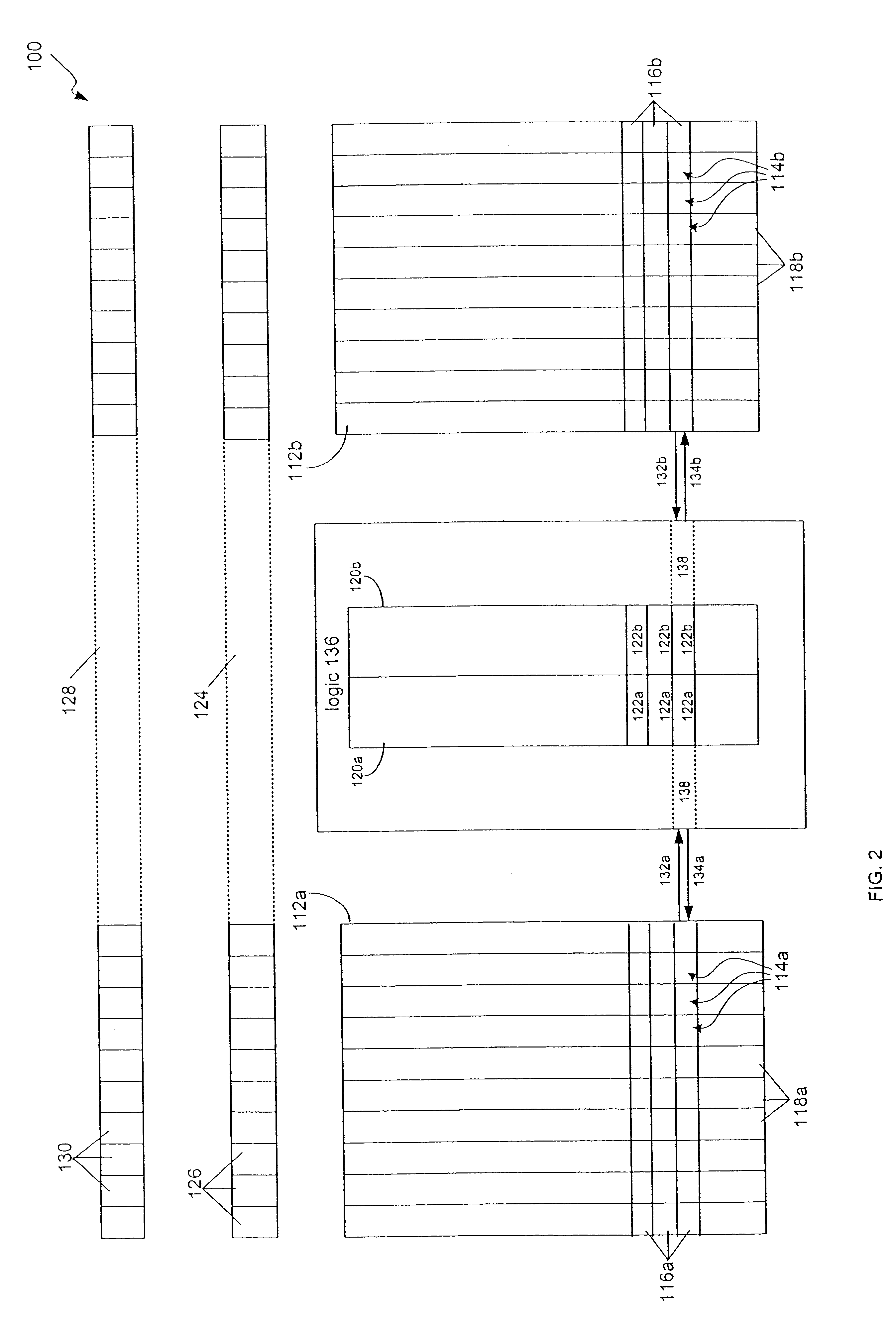Input/output methods for associative processor
a technology of associative processor and input/output method, which is applied in the direction of computing, instruments, and architectures with multiple processing units, can solve the problems of generating power consumption peak when used, inefficiency of prior art associative processors such as associative processor 10 and achieving speed enhancement
- Summary
- Abstract
- Description
- Claims
- Application Information
AI Technical Summary
Benefits of technology
Problems solved by technology
Method used
Image
Examples
Embodiment Construction
The present invention is of an associative processor that operates more efficiently than prior art associative processors, and of methods for its use. The present invention can be used for efficient processing of limited precision digital data such as eight-bit digital images.
The principles and operation of an associative processor according to the present invention may be better understood with reference to the drawings and the accompanying description.
Referring now to the drawings, FIG. 2 is a schematic illustration of an associative processor 100 of the present invention. Similar to prior art associative processor 10, the heart of associative processor 100 is two arrays 112a and 112b of CAM cells 114a and 114b. In array 112a, CAM cells 114a are arranged in rows 116a and columns 118a. In array 112b, CAM cells 114b are arranged in rows 116b and 118b. Associative processor 100 also includes four registers for controlling CAM cells 114a and 114b: two tags registers 120a and 120b that...
PUM
 Login to View More
Login to View More Abstract
Description
Claims
Application Information
 Login to View More
Login to View More - R&D
- Intellectual Property
- Life Sciences
- Materials
- Tech Scout
- Unparalleled Data Quality
- Higher Quality Content
- 60% Fewer Hallucinations
Browse by: Latest US Patents, China's latest patents, Technical Efficacy Thesaurus, Application Domain, Technology Topic, Popular Technical Reports.
© 2025 PatSnap. All rights reserved.Legal|Privacy policy|Modern Slavery Act Transparency Statement|Sitemap|About US| Contact US: help@patsnap.com



